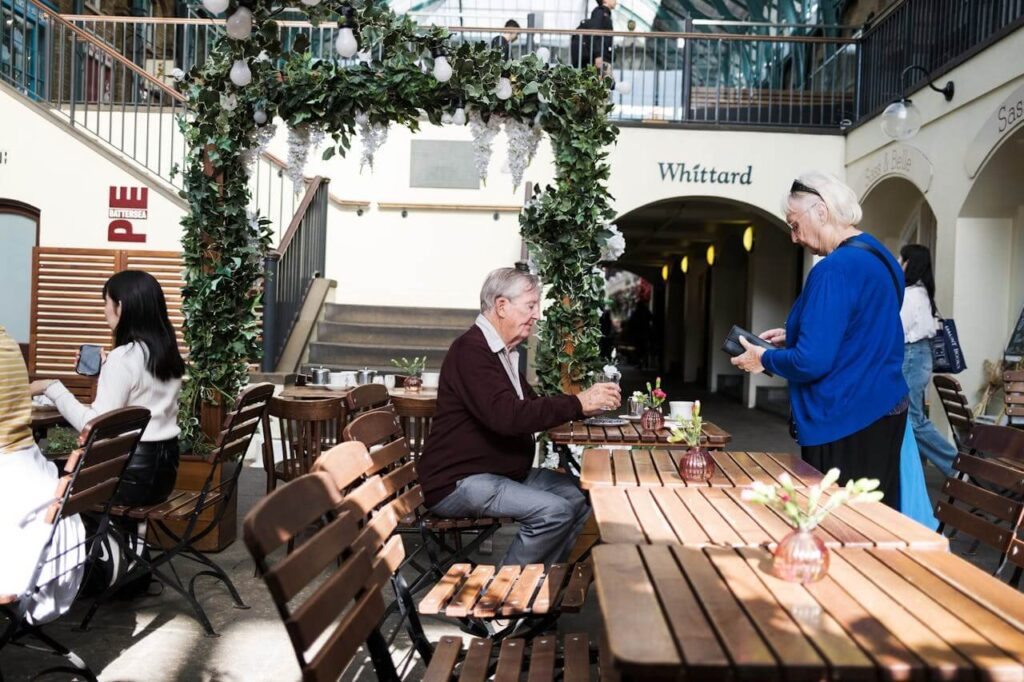
The return of Clarkson’s Farm to Amazon Prime for Season 4 has returned the subject of planning permission to TV audiences.
In this Season, Jeremy has been searching for a pub premises that he can also utilise as a butchers’ shop and a farm shop to sell produce from his farm.
This business logic makes sense. Jeremy has stated that the pub he requires must have Class E planning permission status to align with his business goals.
Why is this the case? We’ll try to explain.
When was Use class E introduced?
Class E was introduced on 1st September 2020 by the UK government as a means to consolidate several older classes of use into one overarching class for retail/business/services.
What Type of premises are use class E?
As previously mentioned, the types of premises or buildings covered by Class E would typically be commercial.
Following the 2020 planning law updates:
- Shops (formerly Class A1)
- Financial and Professional Services (formerly class A2)
- Restaurants and Cafes (formerly class A3)
- Business (formerly class B1)
All have been placed under Class E.
The legislation goes a bit further in defining the types of business premises that can be used as Class E.
Class E. Commercial, Business and Service
Use, or part use, for all or any of the following purposes—
(a)for the display or retail sale of goods, other than hot food, principally to visiting members of the public,
(b)for the sale of food and drink principally to visiting members of the public where consumption of that food and drink is mostly undertaken on the premises,
(c)for the provision of the following kinds of services principally to visiting members of the public—
(i)financial services,
(ii)professional services (other than health or medical services), or
(iii)any other services which it is appropriate to provide in a commercial, business or service locality,
(d)for indoor sport, recreation or fitness, not involving motorised vehicles or firearms, principally to visiting members of the public,
(e)for the provision of medical or health services, principally to visiting members of the public, except the use of premises attached to the residence of the consultant or practitioner,
(f)for a creche, day nursery or day centre, not including a residential use, principally to visiting members of the public,
(g)for—
(i)an office to carry out any operational or administrative functions,
(ii)the research and development of products or processes, or
(iii)any industrial process,
being a use, which can be carried out in any residential area without detriment to the amenity of that area by reason of noise, vibration, smell, fumes, smoke, soot, ash, dust or grit.
https://www.legislation.gov.uk/uksi/2020/757/regulation/13/made?view=plain
Why is this important to Clarkson?
In season 4 of Clarkson’s Farm, Jeremy is seeking a pub premises with Class E status so that he can also operate a retail farm shop and butchers out of the same location.
This would mean that the primary use of the pub building would actually be as a restaurant and not as a pub. Pubs are typically now classed under Sui Generis, explained here in our blog post – Change of use of Purpose Built Student Accommodation (PBSA) to Other Uses. To quickly cover it again, though, sui generis means “in a class by itself”.
Due to Clarkson’s requirements for retail spaces for a farm shop and butchers, a pub/restaurant that falls into the class of sui generis would not afford that flexibility, and a planning application would need to be submitted to the show pantomime villains, West Oxfordshire District Council.

The power of Use class E
Following on from the points above, the power of Use Class E is that it allows for the freedom to switch between uses without the need for a planning permission application. As long as the change of use is to another Class E business or service.
This would mean that the premises could open solely as a restaurant, and then the farm shop could open a few weeks later. The butchery could follow on in a couple of months.
They would have that freedom and flexibility to make those plans without having to worry about receiving planning approval.
There are some caveats that must be noted, however. It is important to check for any pre-existing planning restrictions, and in perhaps more importantly, development work is not covered. If you wanted to make external changes to the building, planning permission may still be required.
Clarkson’s Farm continues to bring planning permission issues to the small screen. That can only be a good thing for education around planning law, as it’s certainly a more favourable way to learn about the potential pitfalls you can face when embarking on a new development project than reading page after page of complex planning law literature.
That is where we come in.
As always, the use of a planning professional is recommended when embarking on a development project. If you need help with putting together a well-considered and professional planning permission application, get in touch sooner rather than later to avoid costly mistakes.
Michelle Hill MRTPI
As a leading planning consultant I can help with the topics covered in this post. Contact me and I can find you a solution to your planning problem.





